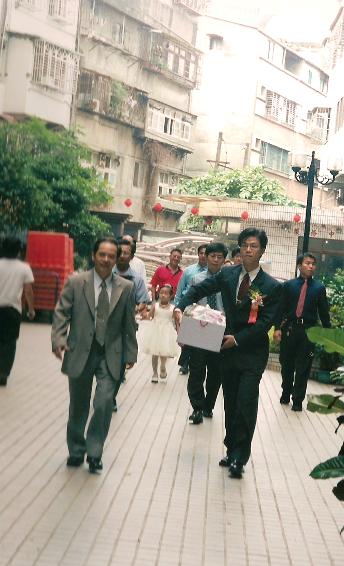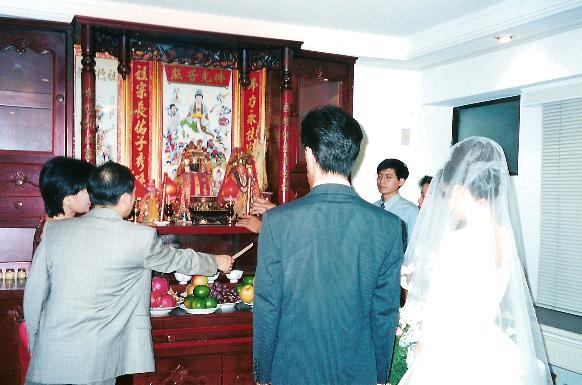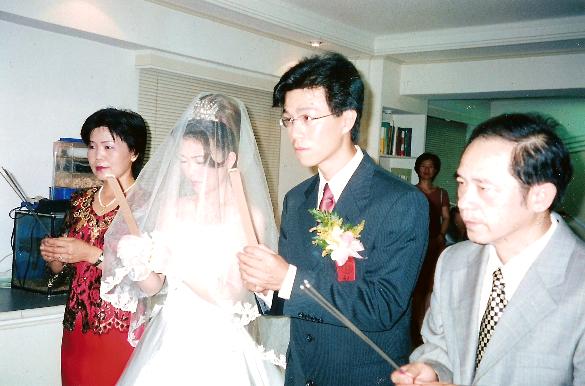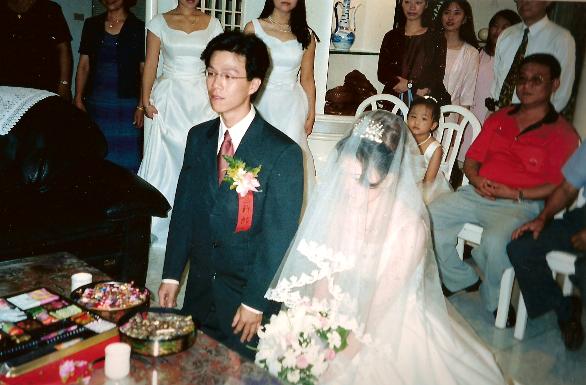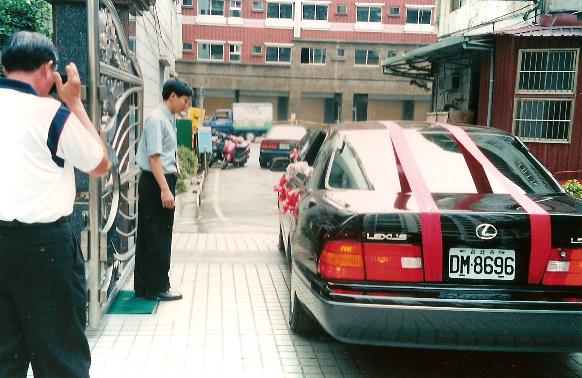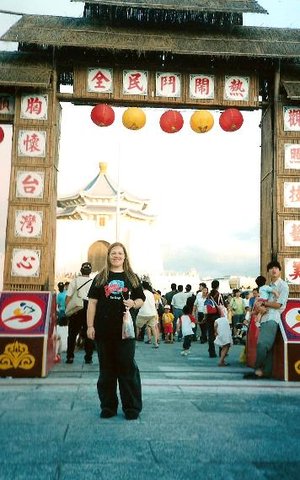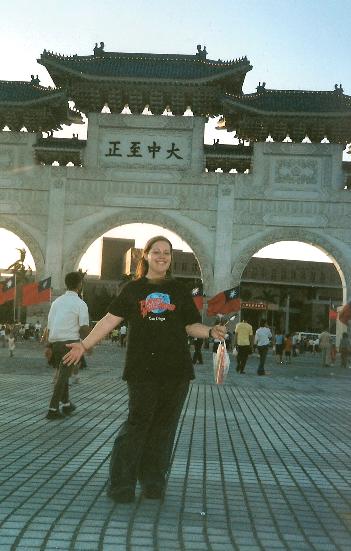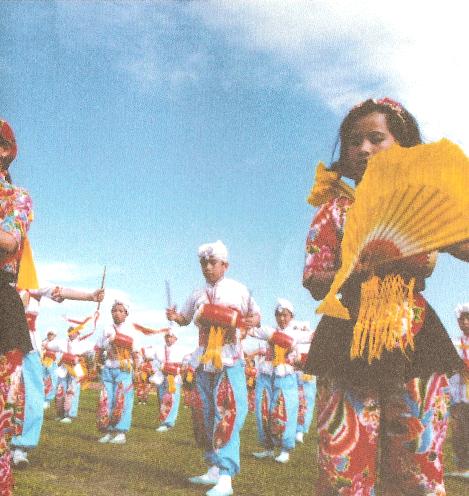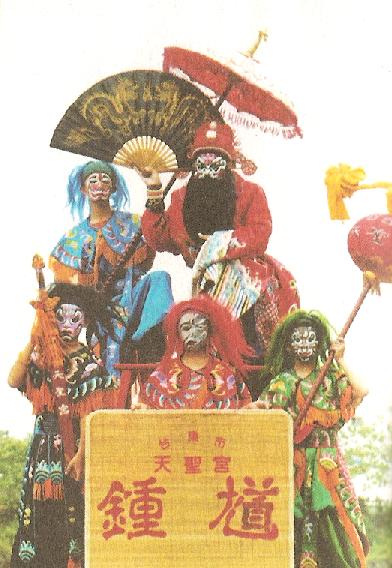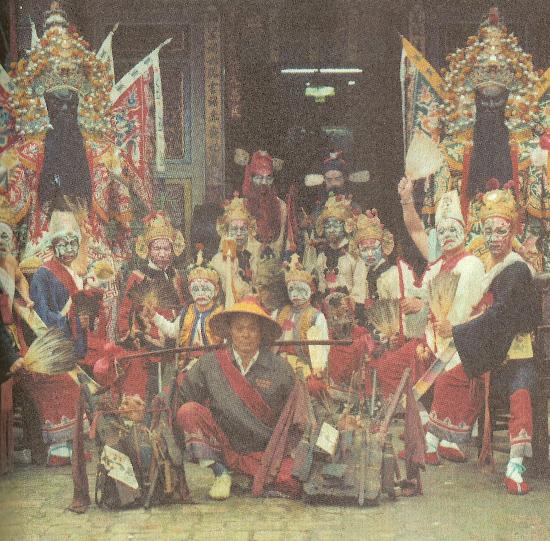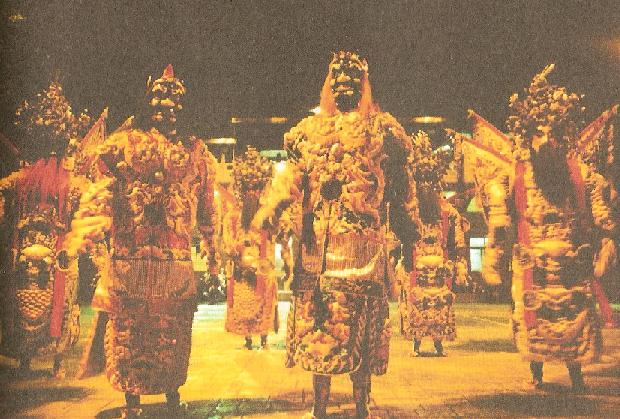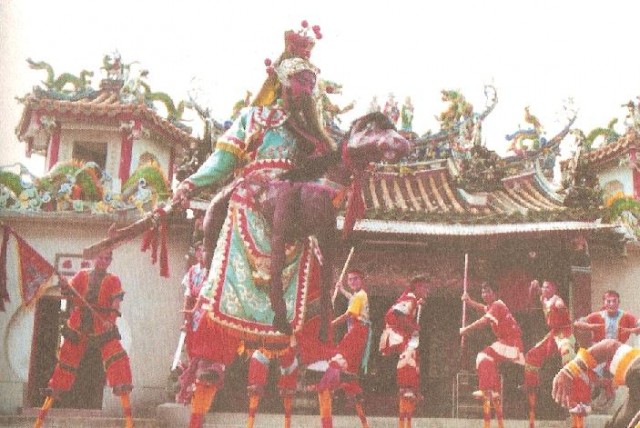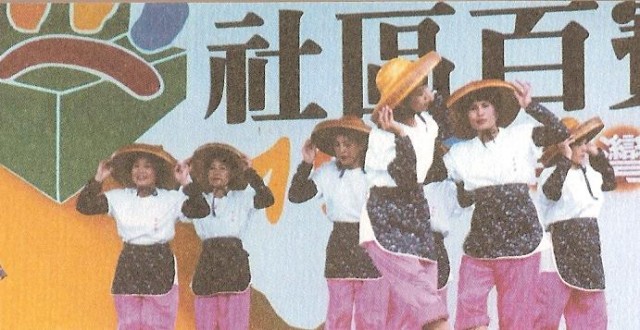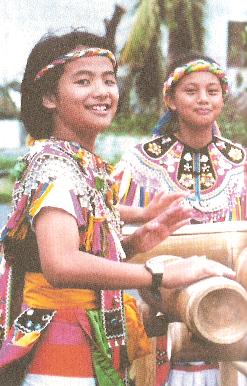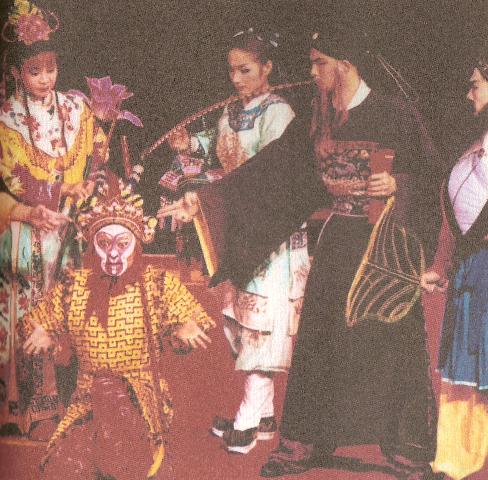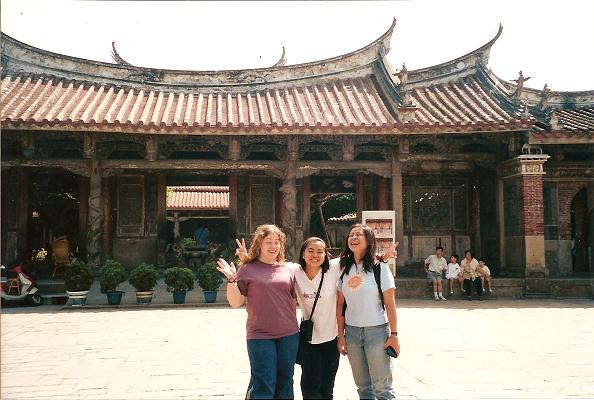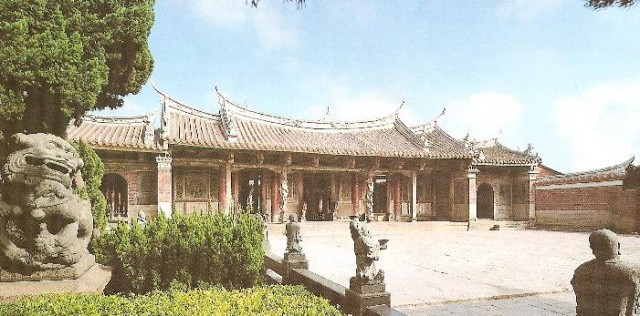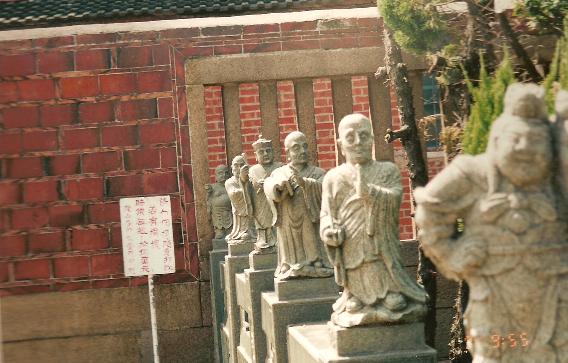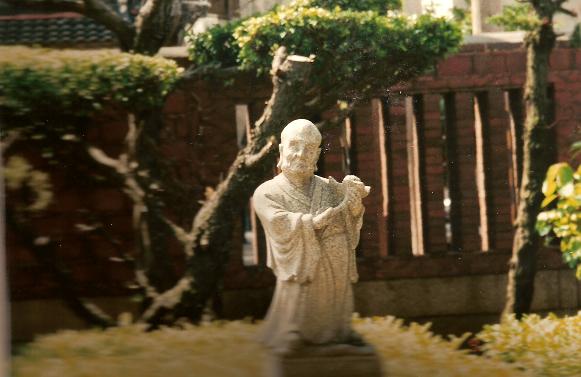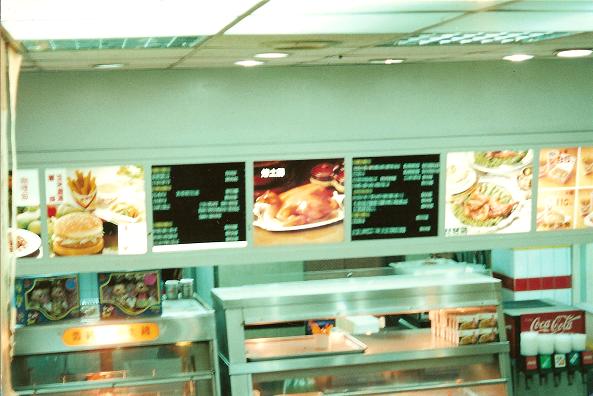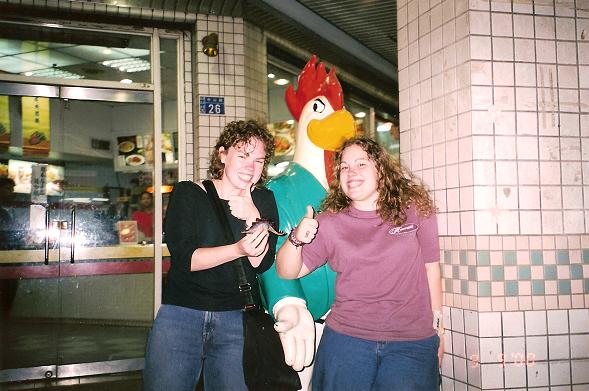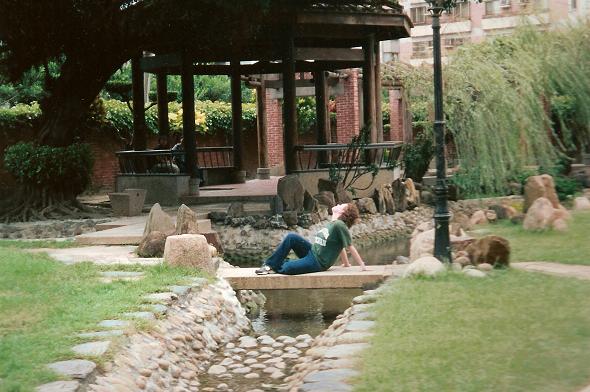Engagements and wedding ceremonies are celebrated with time-honored traditions in Taiwan. Red is central to the wedding theme. It signifies love, joy and prosperity and is used in a variety of ways in Chinese wedding traditions. The bride’s wedding gown is often red, as are the wedding invitations, and wedding gift boxes or envelopes for cash gifts. Even the bride and groom’s homes are decorated in red on the wedding day. More recently, brides have been gravitating toward more western wedding dresses, and white instead of red, though this leaves traditionalists aghast as white is considered to be the color of death. Before her wedding celebration, the bride goes into seclusion with her closest friends. This custom gives the bride-to-be some time to mourn the loss of her friends and family. A month or so before the couple is married, the groom’s family carries wedding gifts in red baskets and boxes to the bride’s house. One of the baskets will contain ‘milk money’. Others will contain personal things for the bride, so that on her wedding day all of her personal belongings will be in the groom’s house. The bride takes the gifts to another room where they are sorted through. Three days before the wedding day, women from the bride’s family reciprocate, bearing gifts — including some ‘returns’– in red wrappings to the groom’s family. Wedding dates are carefully chosen according to astrological signs. It is also customary for couples to be married on the half-hour on their wedding day rather than at the top of the hour. In this way, the couple begins their new lives together on an ‘upswing’, while the hands of the clock are moving up, rather than down. On the morning of his wedding day, the groom is symbolically dressed by his parents. The groom has to arrive at the home of the bride’s parents at a very specific time (most often women will remain in their family’s home until they marry) to claim the bride. If he is late, it is considered to be a most unlucky omen for the marriage. When the groom and his friends arrive at the corner of the street that the bride’s parents’ home is located, they light firecrackers to let everyone know that they are coming. Then they have a procession down the street, preceded by a statue of the Buddha. He brings gifts of cash, wrapped in red tissue, to give to his bride’s friends, in exchange for ‘letting her go’. 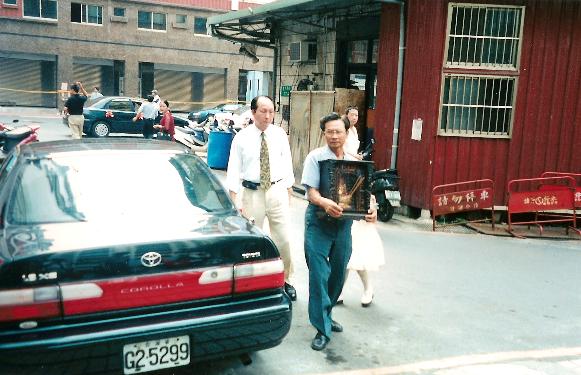
When the groom arrives, the whole family must pray before the altar together. After this, the bride must say goodbye to her parents, as she is leaving their home and will never live in it again. In some families, the wedding couple serves tea to both sets of parents while kneeling in front of them, which is a symbolic gesture of asking for permission. This was the case at the wedding I attended. Pictures are then taken with the wedding party and guests, hundreds of pictures. The bride is not supposed to smile at all during this time. Not during pictures, not at all. She’s not to smile again until after she is married. 
After they finish taking pictures, the bride is led back to the waiting car by the groom, again preceded by the Buddha. The Chinese use an umbrella in their weddings as a covering for the bridal couple. This ancient ritual was to honor and protect the bridal couple as they begin their new life together, similar to the way Jewish couples get married beneath a canopy. If this wedding had taken place one hundred years ago, or even if it were a more traditional wedding, instead of using a car, the bride would be carried to the wedding in a red sedan chair.
After the couple is in the car, the mother of the bride leaves the house with a bowl of water, which she tosses on the car, symbolizing (according to Tracy 伯母) “I have lost my daughter and now I have lost everything.” As the car departs, the bride tosses a fan out of the window, further symbolizing that she is leaving all of her troubles behind with her family, and then she is off to start a happy new life.
The wedding ceremony is usually attended only by the couples’ immediate families. Just after the ceremony and before the wedding reception, the bride who honors tradition will serve tea to her in-laws in a formal ceremony. The couple will usually go to a professional studio for wedding pictures before they proceed to their reception. The wedding reception is an elaborate, standing-room-only affair. A welcoming speech is usually performed by an MC who is hired for the occasion.
The speech is followed by a cake cutting ceremony. The traditional wedding cake is immense, with many layers. The layers symbolize a ladder that they couple will ‘climb to success’, so couples will cut the cake from the bottom and work their way up. The cutting of the cake is the only event of the reception. The bride and groom feed each other a piece of cake with arms entwined, trying not to destroy the bride’s elaborate makeup. A piece is then cut for each of the parents and for the grandparents, who are fed by the bride and groom holding the cake together. Sometimes a wedding toast is given and guests are invited to greet the newlyweds and their parents. Musical entertainment, which ranges from a simple keyboard player to a symphony or orchestra, accompanies the receiving line. It is customary for guests to shake hands again before leaving the reception.
At more elaborate Chinese weddings, a sit-down reception may feature a 9 or 10 course meal as well as musical entertainment. The courses just kept coming at the wedding I attended. I far surpassed the point of fullness EARLY in the meal, and had to keep eating to be polite. I felt very nearly ready to die by the time the meal was over. I have never in my life seen people pack it away the Taiwanese do at special occasion mealtimes–weddings, rotary luncheons/dinners, funerals…I am convinced they have an extra stomach or perhaps an extra dimension they ferret this food away to so they can pick at it later. Chinese brides often change outfits at least three times during the reception. That is a hell of a lot of outfit changes. I have a hard enough time picking out ONE outfit in the morning, I can’t imagine doing more than three elaborate costume changes in a day.
Teasing the bride is one of the major events of the wedding night. Everyone can take part in the activity except her parents-in-law and her married brothers. All kinds of tricks are played on the bride and groom, so much laughter can be heard in the bridal chamber. The custom is said to have begun because evil fox spirits like to play tricks on newly wedded couples. In order to prevent this from happening, it is necessary to gather a great number of people in the bridal chamber. A more likely and practical reason would be that in the past, the bride and bridegroom didn’t know each other because of the system of arranged marriage, and teasing the bride helped to dispel the shyness between the newly acquainted couple. Now for the couple, who arranges their own wedding, teasing the bride not only adds to the happy atmosphere of the wedding, but promotes friendship among the relatives as well. Teasing the bride usually goes as such: After the wedding feast, guests inform the groom that they would like to take a look at the bride. The groom opens the door and let the guests in. Before entering the room, everyone has to say something nice at the door, generally with four sentences. If the bridal chamber is too small, the program moves to the living room. After everyone is seated, the ‘bride holder’ (the old lady who helps the bride to deal with people, usually the go-between, not to be confused with a potholder) would help the bride carry sweet tea to everyone and introduce her to the guests at the same time. When the bride holds the tea to the main guest of the night, said guest would not receive it on purpose, and he/she tells the bride to pass it to the person next to him/her. Of course, the next person would play the same trick and the poor bride walks in circles around the room again and again with nobody listening to her. And this ‘tea -serving’ ceremony is the beginning of teasing the bride. Some people tell jokes (tending toward the risque to get the bride to blush); some make him/herself up as a clown; some start to dance, and some make fun of the couple. All of these are just to make the bride laugh. However, the bride must not show any facial expression. Meanwhile, she must work with the ‘bride holder’ in order to deflect the attention from everyone. At the end of the evening, they perform the ritual of the ‘Blessing Cup’. The guests would put money of an even denomination in red envelopes and place it in the cup to give the bride. Teasing the bride is to bless the bride. So no matter who you are, you can always show your ‘blessing’ to the couple. After the wedding was over, Tracy 伯母 said that if I wanted to dress in traditional chinese wedding clothes for my wedding, she would purchase them for myself and my husband. It was and is a nice gesture, but I don’t think it would be appropriate as I don’t have a personal connection to the tradition. They are lovely, though.


